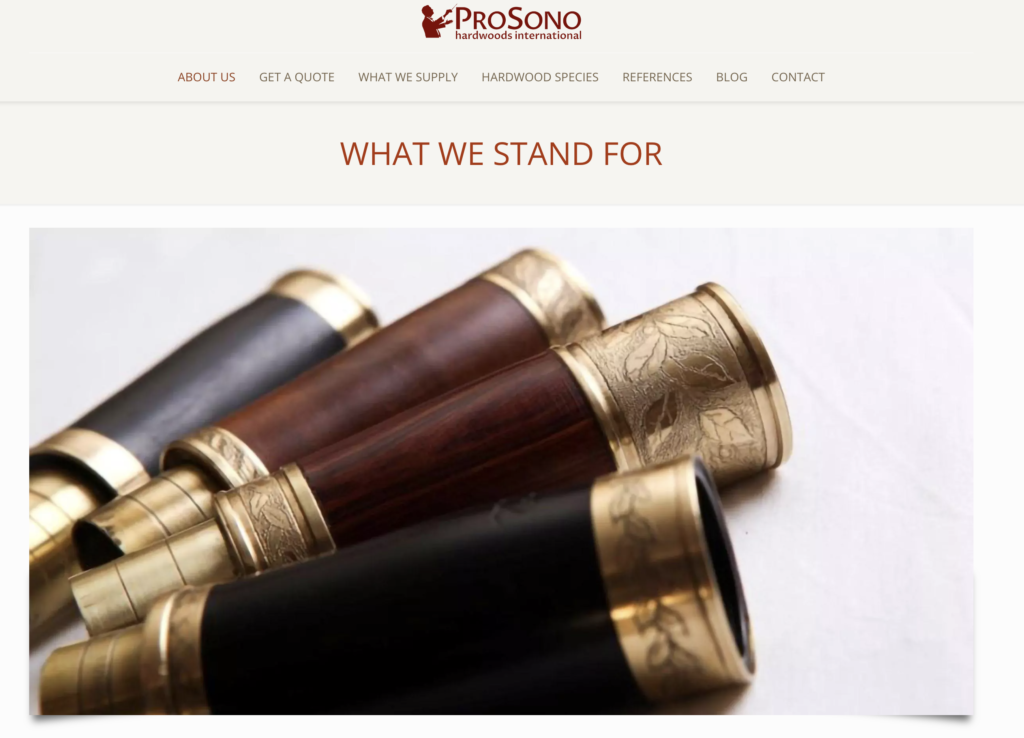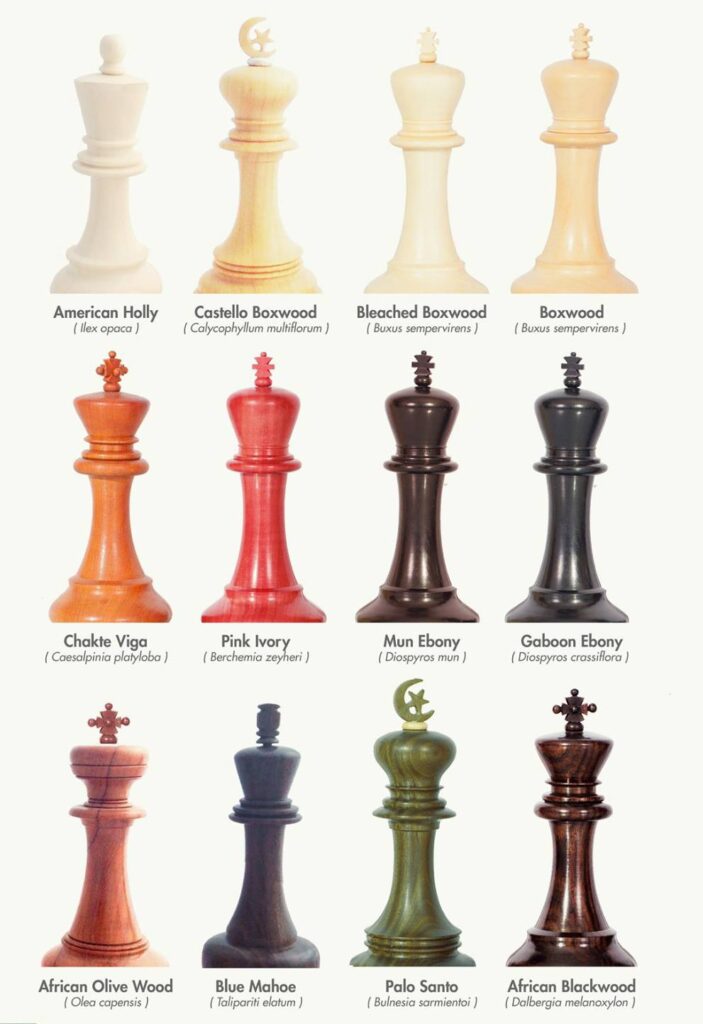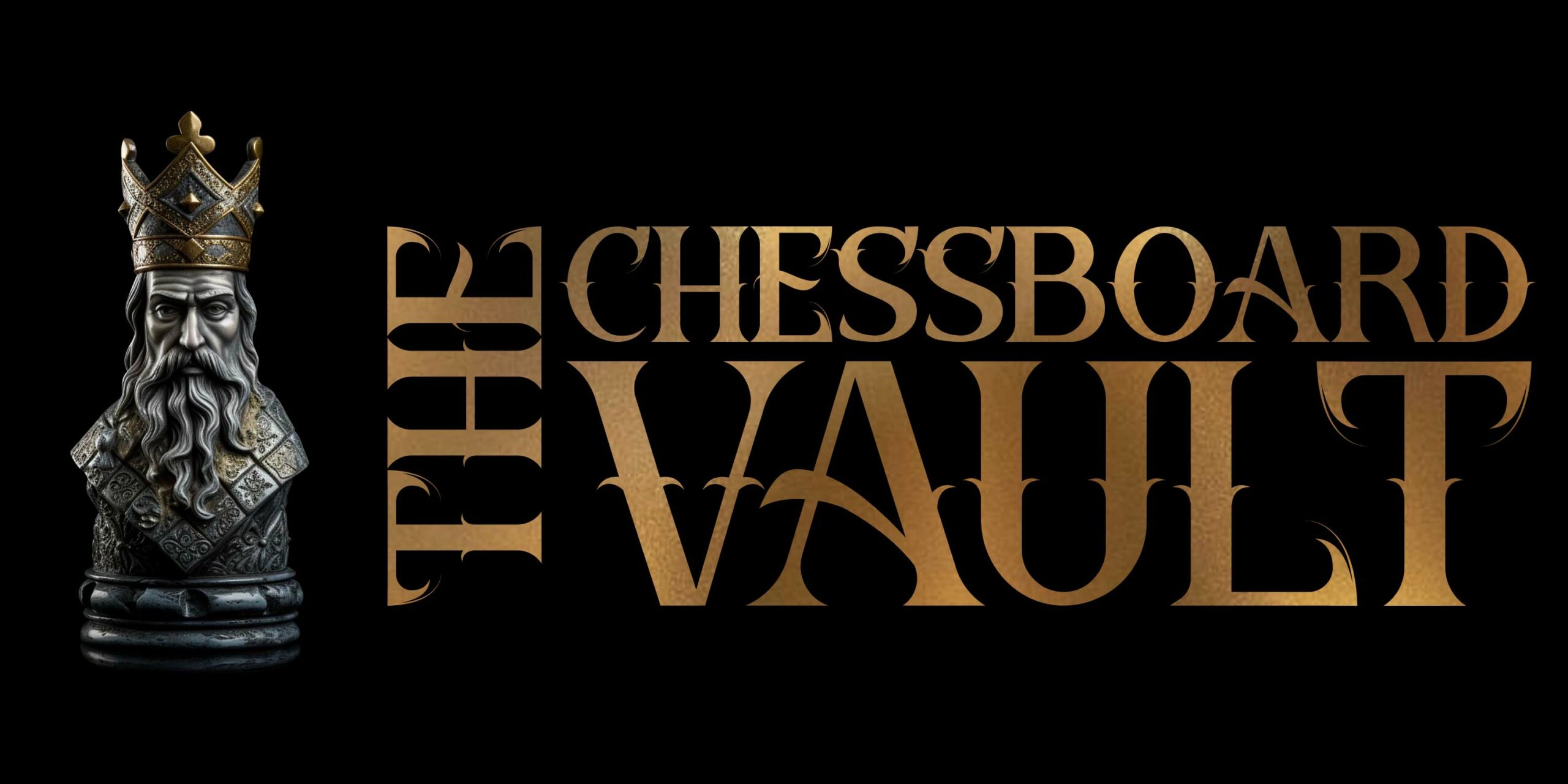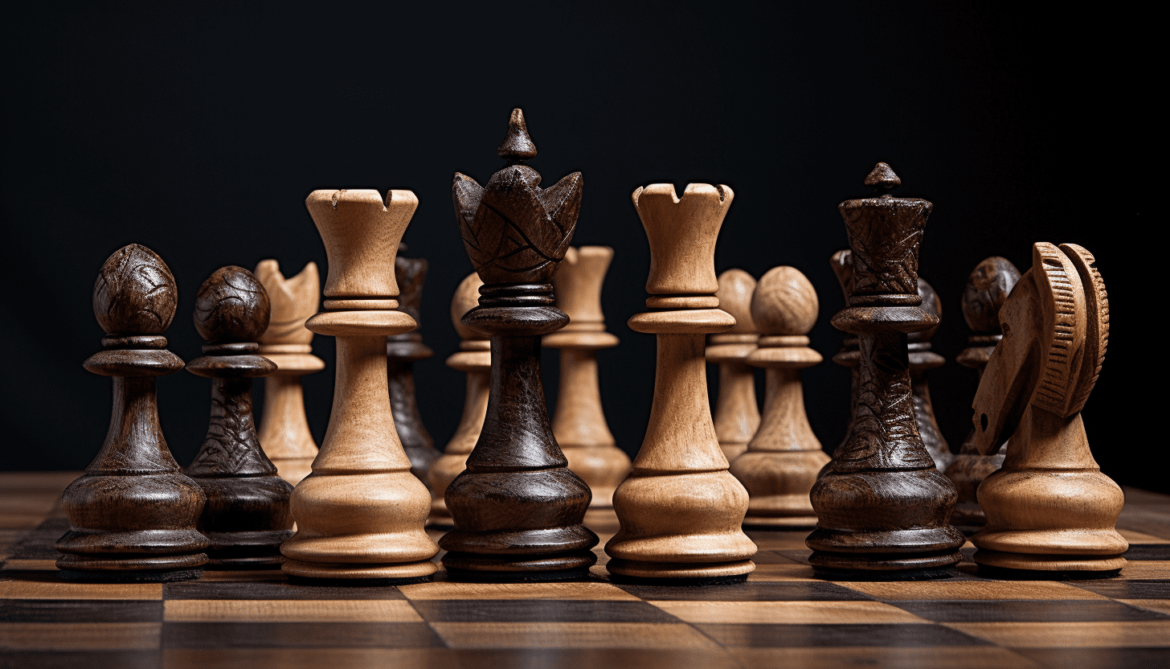Chess, a game that traces its lineage back over a millennium, is more than just a pastime or a competitive sport. It’s a game that signifies strategy, intellect, and artistry. An essential part of this storied game is the board on which it’s played. Today, we delve deep into the essence of the chessboard, focusing particularly on the woods used in crafting these boards. For those searching with the keyword “wood chessboard,” you’ve arrived at your definitive guide.
Before diving in, have a look at our partner Prosono Hardwoods delivering above-average African hardwood:

Now, let’s talk about the wood used for chessboards.
1. Historical Roots:
Originally, chessboards were made from a variety of materials ranging from simple stone to intricate ivory. As the game proliferated across Europe and Asia, the use of wood became the popular choice due to its availability, durability, and the rich aesthetic appeal that wood inherently possesses.
2. Popular Woods Used:
- Walnut: Known for its rich dark brown shades, Walnut wood is a popular choice for the dark squares on the board. Its fine texture ensures a smooth finish.
- Maple: A lighter contrast to Walnut, Maple wood often constitutes the lighter squares on the board. It’s renowned for its creamy white color and fine-grained texture.
- Rosewood: This is one of the premium choices for chessboards. With its dark, purple-brown hue interspersed with darker streaks, Rosewood offers an elite finish.
- Mahogany: Boasting a reddish-brown color, Mahogany provides a uniform look with medium to coarse texture, ideal for a board of regality.
And if you want more and more detailed, I can provide you with the following wood types guide offered by my chess set expert friend from Machiavellic:

3. Craftsmanship Matters:
Creating a chessboard isn’t just about putting squares together. It’s an art. The grains need to align, the finish has to be smooth, and the board should be durable. Good chessboards have a veneer finish, ensuring the board remains flat and doesn’t warp over time.
4. Why Wood Over Other Materials:
While digital boards and plastic alternatives are available, wood stands out for several reasons:
- Aesthetics: A wooden chessboard is an art piece. The grains, the finish, and the natural hue – all contribute to a visual appeal that other materials lack.
- Durability: When well-maintained, wooden boards can last generations, often becoming family heirlooms.
- Feel: The tactile sensation of moving wooden pieces on a wooden board enriches the experience of the game.
5. Maintenance:
To ensure longevity:
- Avoid prolonged exposure to direct sunlight.
- Use a soft cloth for cleaning; occasionally, a gentle wood cleaner can be applied.
- Keep away from extreme temperatures or humidity.
6. Eco-Conscious Choices:
Given the growing emphasis on sustainability, consider boards sourced from sustainable forests or reclaimed wood. The game of chess doesn’t just have to be about two players; it can also be about playing a part in safeguarding our environment.
Conclusion:
A chessboard is more than just an accessory for a game; it’s a testament to craftsmanship, history, and the beauty of nature encapsulated in wood. For those who deeply resonate with the elegance and grandeur of chess, a wooden board is not just a choice, but a tradition.
So, the next time you think of the keyword “wood chessboard,” remember the legacy, craftsmanship, and nature’s beauty it carries with it.

